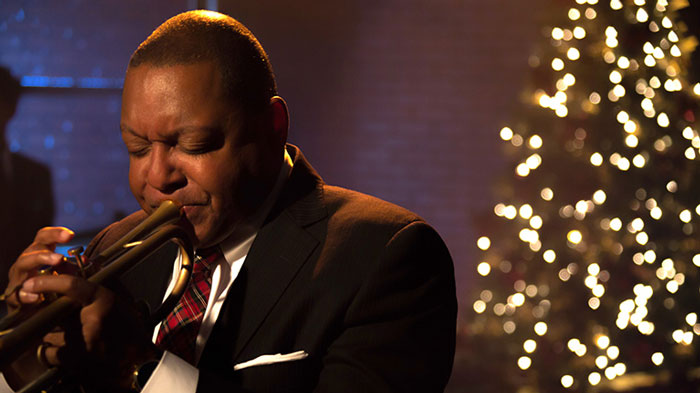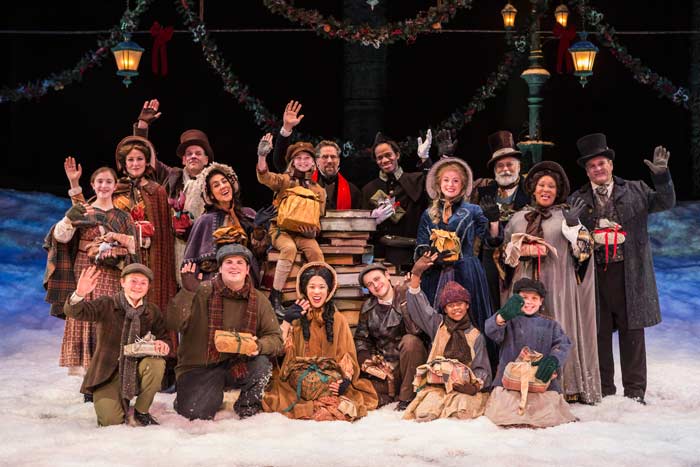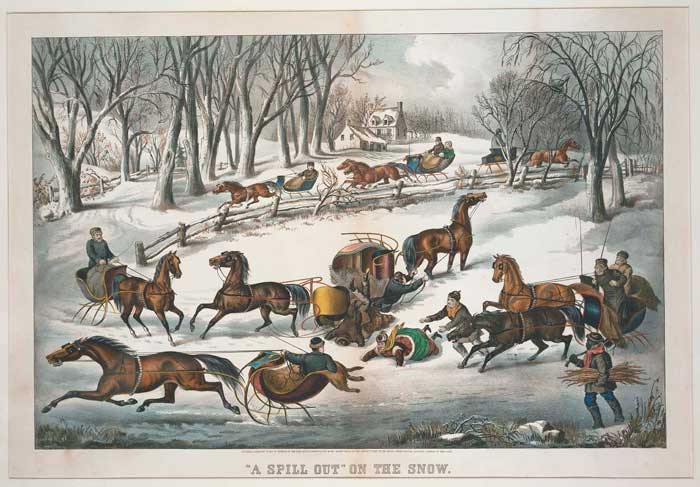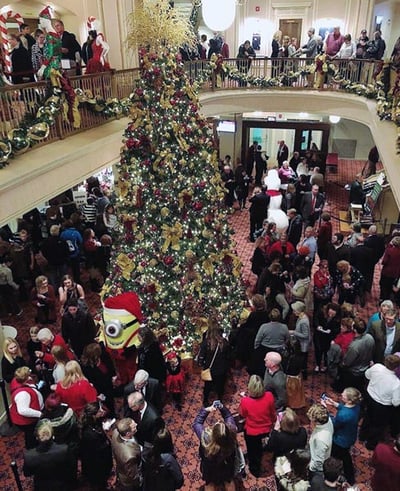Arts and Culture
Article
The Culturephiles
84ffa374-c331-4be7-9bdf-c1513ee851b9
4 min
https://edge.sitecorecloud.io/tessituraneab9a-tessiturane5642-staging-5396/media/Images/Discover-Images/Andrew-Blog/Archive/Nostalgia/NUTC4201773768x465.jpg?h=465&iar=0&w=768
A warm human emotion for a cold time of year
In Praise of Nostalgia

President & CEO, Tessitura
In Praise of Nostalgia
12/19/2018
4 min
At this time of year, most ballet companies are not so much Black Swan as Black Friday.
In the United States, Thanksgiving ends, and in rolls The Nutcracker: a financial juggernaut that balances many a ballet budget. A jugger-nut, as it were. And beyond ballet, across the cultural world, holiday programming often takes an outsized portion of annual revenues. In addition to all those Nutcrackers, there are countless Christmas Carols, packs of Pantomimes, millions of Messiahs, and zillions of zoo lights.

Wynton Marsalis performing to sellout crowds during Big Band Holidays at Jazz at Lincoln Center. Photo by Lawrence Sumulong.
During a recent trip to Indiana, I was amazed to hear that Indianapolis Symphony Orchestra has a staggering 32 performances of their annual Yuletide Celebration. Yards and yards of Yuletide! Not to be outdone, Indiana Repertory Theatre, just up the street, has a 30-performance run of A Christmas Carol with an additional 34 student matinees – bringing their Scrooge quotient up to an incredible 64 performances.

The cast of Indiana Repertory Theatre’s production of A Christmas Carol. Photo by Zach Rosing.
For 11 months out of the year, the cultural industry spends their time and energy innovating, pushing the envelope and bending traditions. Then comes December, and many of these same innovators do a sudden about face. “Challenging our audiences” gives way to the steadfast consistency of Sugar Plum Fairies, “Sleigh Rides” and Scrooges.
Some might argue that these organizations aren’t just selling out tickets but also “selling out.” I’d argue strongly against that. There’s a reason holiday songs are popular enough to fill the Indianapolis Hilbert Circle Theatre 32 times in a row, after all. And it isn’t just that “Sleigh Ride” is a catchy tune. Yes, we humans crave the new and the challenging. But we also crave that most precious of emotions so prevalent this time of year: Nostalgia.
If the role of culture is to stir the human soul with a full range of feelings, wouldn’t we be remiss if we ignored nostalgia?
It is that unique mixture of fond remembrance and a happy sort of melancholy. And more than simply giving us “all the feels,” some research suggests it is actually good for us. A 2012 study about nostalgia published in the journal Memory found that it can reduce stress, increase self-esteem, and provide a greater sense of connectedness to others. Most surprising to me was the fact that nostalgia makes our bodies feel warmer. Nostalgia literally warms the human soul. No wonder it is such a popular emotion in the midst of the northern hemisphere’s winter.
Indeed, of all the seasons of the year, the holiday season must be the global champion of nostalgia across the spectrum of life — familiar food, family tradition, old photos. And what amplifies the nostalgia of the holidays more than arts and culture?
For one example, let’s excavate the nostalgic archaeology of the song “Sleigh Ride” itself. “Sleigh Ride,” by Leroy Anderson, turned 70 this year — and yet still qualifies as one the “younger” pieces on any symphonic holiday pops concert. And there’s another layer behind that one. Listen to the lyrics and you’ll see that this 70-year-old song is itself a song longing for the past: “It’ll nearly be like a picture print by Currier and Ives.”

A Spill Out on the Snow. Publisher: Currier and Ives (American, 1857–1904), 1870. Museum of Fine Arts. Bequest of Charles Hitchcock Tyler.
Currier and Ives, the long-defunct firm known for their classic Americana lithographs, enjoyed their heyday 70 years before “Sleigh Ride” was written. To sum up: “Sleigh Ride” is a song celebrating the ‘good old days’ after the American Civil War; was written in the ‘good old days’ after World War II; and was recently covered by the vocal group Pentatonix, with a recording that is currently at 19,800,000 listens on Spotify. Is it ok that this group of twentysomething megastars is belting out words like “comfy cozy are we!” in 2018? Yes. Weirdly, yes. To me, it is perfectly ok. Because… nostalgia.
Rather than speaking to the present moment or pushing to imagine the future, nostalgia gleefully bundles us up and hurls us back in time. Five generations back in time, in the case of “Sleigh Ride.” (And don’t even get me started on Greensleeves.)
So here’s a fun thing to do at this time of year. Stand in the packed lobby before Big Band Holidays or The Nutcracker or A Christmas Carol and people-watch. You can actually see nostalgia happening. For many organizations, these audiences are the most multi-generational we’ll see all year. Here you have grandparents dressed to the nines, herding their grandkids – also dressed to the nines. So many leggings, clip-on ties, ribbons in the hair. Stand off to the side and experience that excited noisy burble of anticipation as generations of families pile through the doors.
Now freeze that picture. Set the filter in your brain to Sepia, and restart your brain camera. Imagine this same lobby tableau sixty years before, when those grandparents were the kids, tugging on the arms of their long-departed elders.

A multi-generational audience fills the lobby before a recent performance of Indianapolis Symphony Orchestra’s Yuletide Celebration.
We in the world of culture make that happen. We allow the grandparents to gleefully hurtle back in time. And just as importantly, we make that first lithograph of what will become nostalgia for those clip-on tie toddlers. As the very next line of “Sleigh Ride” reminds us: “These wonderful things are the things we remember all through our lives.”
This is far from being a “sell-out.” The intentional sameness of these holiday cultural events makes these timeless moments possible. Cash cows? Perhaps. But also sacred ones.
Top photo: Soo Ah Kang, Tanya Howard, and Meghan Pugh in The Nutcracker. Photo by Karolina Kuras. Courtesy of National Ballet of Canada.
Topics
Arts & Culture
